Saitama, Japan – Saturday, June 25th, 2011
The longer my travels went on, the more strongly I sensed two seemingly contradictory facts: How generic each park was. And how unique each park was.
Tobu Zoo Park was my 11th Japanese park this week, and my 45th park in Asia this year. When I first arrived, I was highly attuned to the quirky novelties that one could enjoy as part of the Asian park experience, but eventually many of those traits gave way to familiarity and mundanity with repetition. A feeling of sameness creeps into an activity that’s supposed to be a special experience. Here was yet another Japanese park with a big Ferris wheel, an assortment of flat rides, one or a few bigger coasters that were my reason for buying a ticket and one or a few smaller ones that I would ride once just to say I did. Tobu Zoo Park could be called “good” like the others. It could be called “cheap” like the others. “Weird” like the others. “Disappointing” like the others.
an assortment of flat rides, one or a few bigger coasters that were my reason for buying a ticket and one or a few smaller ones that I would ride once just to say I did. Tobu Zoo Park could be called “good” like the others. It could be called “cheap” like the others. “Weird” like the others. “Disappointing” like the others.
But I wouldn’t have come, let alone take the effort to write about it years later, if I hadn’t also found myself moved to document and comment on everything that makes this park, like every park before it, so singularly unique. It has the most modern full-sized Intamin wooden coaster before the company switched to prefabricated track! The rides area is built on a chain of small islands and peninsulas with many of the big rides set entirely over manmade lakes! Half of the park is a zoo! There’s an unusual suspended monorail ride, odd walkthrough attractions, funny Engrish signs! Sure, other parks have those same features generically, but none of them have them the same way specifically.
over manmade lakes! Half of the park is a zoo! There’s an unusual suspended monorail ride, odd walkthrough attractions, funny Engrish signs! Sure, other parks have those same features generically, but none of them have them the same way specifically.
With enough repetition it becomes easier to observe how the patterns are similar, but it’s also easier to spot all the ways the pattern is different. I suppose that’s what it means to become a hobbyist or a fan, where you give yourself over to a topic. Your perception becomes different. You see the objects of your interest as both more usual and unusual than anyone else. The special becomes mundane, and the inconspicuous becomes fascinating.
 I began this review with these musing, I suppose, because it’s a longer way of saying that Tobu Zoo Park felt more generic only by virtue of having a somewhat lower count of totally unique characteristics compared to other parks on my trip, which still made it a worthwhile part of the narrative that I don’t want to treat dismissively. There’s still some gravitational pull to its relative insignificance. It was my choice for my remaining flex day near the end of my trip, the full-day park that proved itself highest on my list of “nice to visit” now that I had either accomplished (or had concrete plans for) all the “must visits”.
I began this review with these musing, I suppose, because it’s a longer way of saying that Tobu Zoo Park felt more generic only by virtue of having a somewhat lower count of totally unique characteristics compared to other parks on my trip, which still made it a worthwhile part of the narrative that I don’t want to treat dismissively. There’s still some gravitational pull to its relative insignificance. It was my choice for my remaining flex day near the end of my trip, the full-day park that proved itself highest on my list of “nice to visit” now that I had either accomplished (or had concrete plans for) all the “must visits”.
So let’s begin.
Despite being far from the ocean, water plays a big role in the ride half of Tobu Zoo Park, with numerous manmade reservoirs surrounding some oddly-shaped plots of land like it’s a RollerCoaster Tycoon scenario. From the entrance you can cross a bridge to find the first of the park’s three major Intamin-made thrill rides.
G-Max is an Intamin 2nd generation drop tower, greeting visitors near the entry in the place where one would normally expect to find a carousel or transport ride. The tower ride was unfortunately closed for today. Not a huge loss, but, with relatively few other major rides at the park, still a noticeable one. I also believe it has since been removed from the park entirely. Thankfully all of the coasters were running today.
The first of the two major coasters was Regina, an Intamin wood coaster.
This queen of coasters featured some unique, if somewhat faded artwork. As I recall the ride also featured a logo of a woman reclined on her side, her fulsome hips becoming the curvature of a roller coaster hill. (For some reason I didn’t get a picture of it.)
Despite opening in the year 2000, Regina has a fairly conservative layout that wouldn’t have felt out of place among Intamin’s earlier wooden coasters from the 1980’s or so. A fairly standard double out-and-back layout with broad, shallow hills and curves, and an elevated double helix in the middle as seems to be a favorite feature among these early Intamin designs.
Looking at the details, there’s plenty of evidence that this is a more modern design than the other standard Intamin wood coasters, but still quite surprising that the first prefabricated wood coaster was only a year away.
Still, at 120 feet tall and 4,376 feet long, Regina commands a respectable set of statistics that made for a decently long ride. (The slower speed around many of the elevated curves helps.) The biggest detriment was the rolling stock, with its rather flimsy seats yet overbearing T-bar restraint that’s a poor fit on a wooden coaster that was starting to show a bit of a rattle as of 2011.
Unfortunately, like the G-Max, Regina has since been announced as closing at the end of the 2019 season, although no effort has been made to replace it (the structure is still standing but not operating), suggesting the financial health of the park may be in question. While the only major ride closure prior to my visit was an old but bizarre looping wild mouse from 1981 which closed in 2009 (not a huge surprise there), the park nevertheless left the impression as having already reached a not-very-high plateau, so a decline over the next decade was not suprising.
Still, if there was one very bright spot at Tobu Zoo Park in 2011 (and is still there as I write these words), it’s the star attraction, Kawasemi, a 2008-built Intamin mega-lite coaster.
Kawasemi is the Japanese name for kingfisher birds, with the ride earning its moniker due to the numerous times the vehicles skim just above the water. Almost the entire ride is built over a shallow reflecting pond, which combined with its unusual lemon yellow and spring green color scheme that both blends in and pops out, gives the coaster an ethereal appearance, as if floating between the water and sky.
The on-ride coaster experience is pretty good too; quite possibly the best you can find within the wider Tokyo metropolitan area before you get to Mount Fuji. This was the third version of this model I’d been on, after riding the two other installations at the Happy Valley parks in Chengdu and Shanghai, and was just as good if not maybe a little better than those two thanks to the waterside setting. I’m not going to do a play-by-play breakdown of the ride experience, even though there are some interesting things going on worth analyzing, as it would mostly repeat what I already said in the Happy Valley Chengdu review for Fly Over Mediterranean. In short, it’s a very dynamic coaster that makes the absolute most of its short 100 foot height and less than 2,500 feet of track, although I still believe that the brief ride experience naturally limits it from reaching the ranks of the world’s very best coasters.
The fact that there were never any long waits and I got to ride it at least a dozen times throughout the day also certainly helped my impression of Kawasemi over the much more slow-to-dispatch versions I encountered in China. At one point in the afternoon there was no wait at all, which seemed like a good time to get several laps in. I’d hoped to get a front-row ride, but another group of girls had the same idea as me. They were already in the front car, which was closer to the exit ramp. Thus, after every ride, we’d all make our way around the exit and back up the entrance, them ahead of me, which led to them once again getting assigned the lead car and me back somewhere in the middle, thus repeating the cycle after each ride. I persisted, hoping they’d eventually tire (or I’d somehow manage to get ahead of them), but it never worked; they finally left after another group had arrived to claim the front. Thankfully I was able to score some front row rides toward the end of the day, which was definitely the best seat in the house.
The third coaster of the day to complete the full set was Tentomushi (Japanese for “Ladybug”), a Zierer Tivoli family coaster model, which I was able to snap a few shots from the front row.
Tobu Zoo Park also included a handful of flat rides, as well as some transportation rides like an elevated Sky Cycle suspended monorail. For the most part the secondary ride collection at Tobu Zoo Park is fairly weak compared to other Japanese parks of similar scale.
Locker murals.
Two indoor attractions I also gave a try. Galaxy Walkers was a sci-fi themed mirror maze with an interactive component including several checkpoints along the way, a somewhat novel addition I had not seen before. There were buttons to press as part of a mission, but while the main titles were translated in English, the actual story prompts were not, which made it all but useless for non-Japanese speakers. At least it could still serve some amusement as a mirror maze.
There was also an off-the-shelf 3D attraction called Starcross: Meteor Attack. I really wish I could remember it in enough detail to deliver a pithy review, but all I can really recall is walking away and thinking it was not very good. (My one photo keepsake from inside was of a nude guy with a wireframe wang standing above text that partially reads “digital anal”… if that was any indication of the type of experience it was?)
Of course, a large Ferris Wheel is a must at any Japanese amusement park, if only to get some views and photos of the coasters from a higher vantage point.
It wasn’t until later in the day that I took the time to explore the other half of Tobu Zoo Park, the eponymous zoo itself, led by the park’s mascot, what appears to be a coked-out wallaby.
Unlike the ride park, the zoo is located in a fairly flat, open setting. However, they share a common distance from being a world-class facility of either sort. Many of the exhibits consisted of simple caged displays in some cases no more sophisticated than a chain link fence. Of course the surface aesthetic quality of the enclosures is a poor proxy for judging whether the animals are well-cared for and happy in their habitats so I won’t speculate on that matter, although there were a wide diversity of species on display that clearly required an array of specialized care. I also observed that the zoo area was also far more popular with patrons than the amusement area. I spent over a half hour wandering and getting photos of the inhabitants:
Finally at the end of the day, the lower-tier status of Tobu Zoo Park was also a reminder I was nearing the end of my travels as I had very few essential destinations left to cross off my list. If I could have done it all over again with the knowledge I have today, perhaps something like Toshimaen might have been a better way to spend the day, but I don’t regret the experience at all. While far from essential, I’m glad I got to see Tobu Zoo Park while Kawasemi was still a relatively new, exciting thing, and while Regina was still running as one of the few wooden coasters remaining in Japan. It’s always great to visit a park you instantly know you’d want to return to someday, but there’s also satisfaction in the sense of totally completing and checking it off your list, satisfied that you got all you could have out of a single visit, content in the knowledge you’ll never need to return again.


















































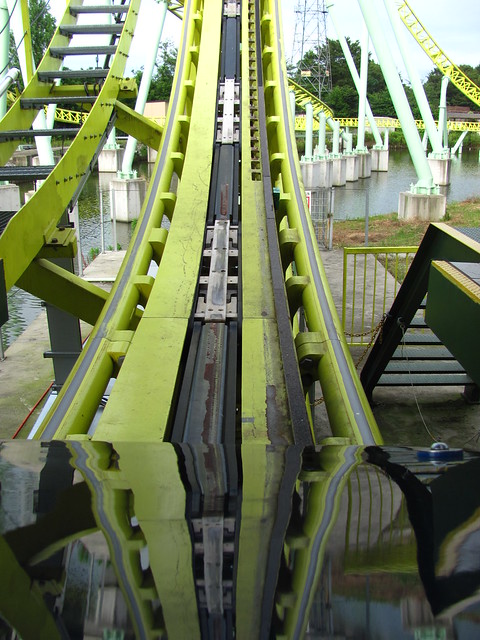










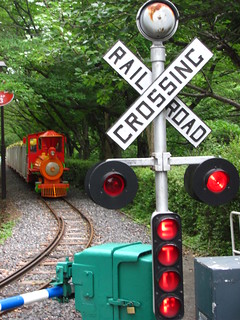









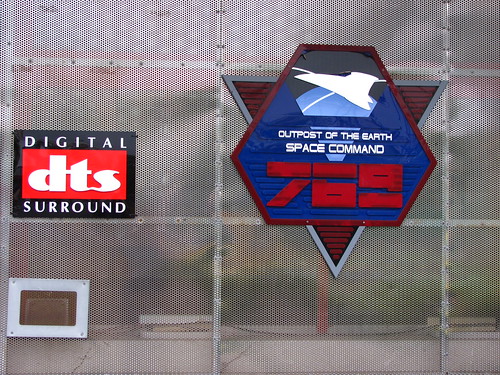












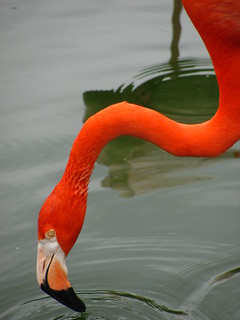









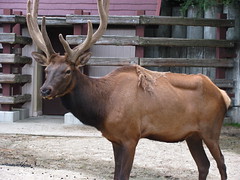


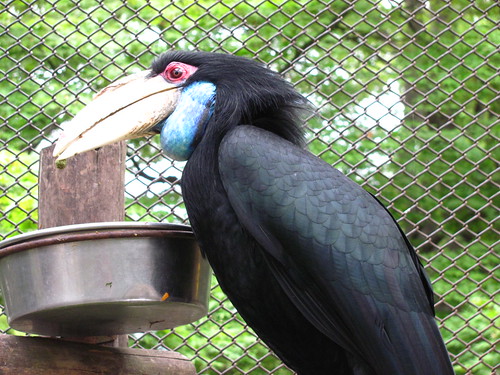



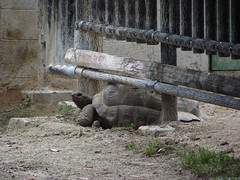








This is a side note, but I keep thinking about how, in your review of Dutch Wonderland, you lamented how rare femininity is in theme park design. No more Sky Princess, no more Regina, not even a Black Widow. Where are all the coasters with feminine names? Apparently: at Six Flags, of all places. Medusa. Harley Quinn. Wonder Woman. (Okay, and Heidi at Plopsa, neither a monster nor a superhero)
I suppose there’s also 1/3 of Steel Vengeance?
unfortunately, looks like my favorite piece of Regina theming was added after your visit: https://imgur.com/gallery/mVDyCWv
You could see animals and experience the same time.